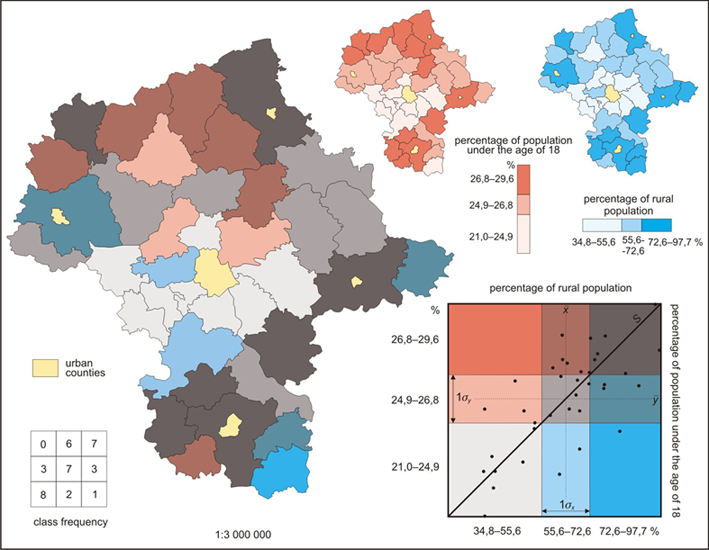http://ingrimayne.com/econ/AllocatingRationing/MeasuringIncomeDist.html
A Lorenz curve is a graphical method that portrays the proportionality of distribution of an area. The Lorenz curve is compared to the line of equality. This Lorenz curve displays inequality. The further the Lorenz curve is from the line of equality, the more diversity of the sample.
A Lorenz curve is a graphical method that portrays the proportionality of distribution of an area. The Lorenz curve is compared to the line of equality. This Lorenz curve displays inequality. The further the Lorenz curve is from the line of equality, the more diversity of the sample.















































